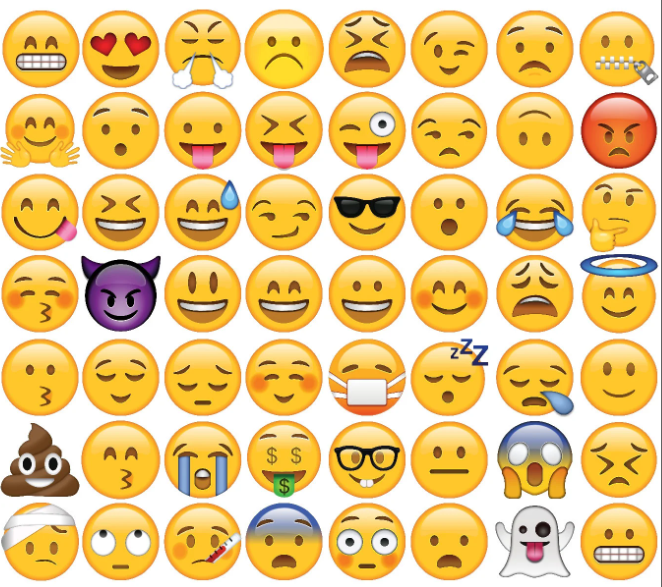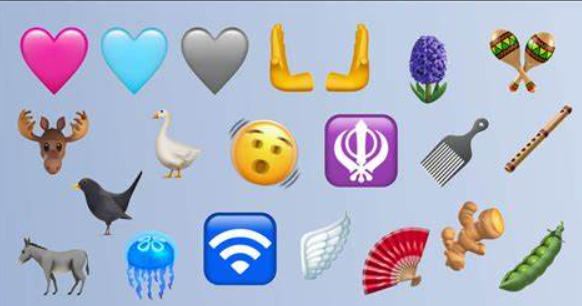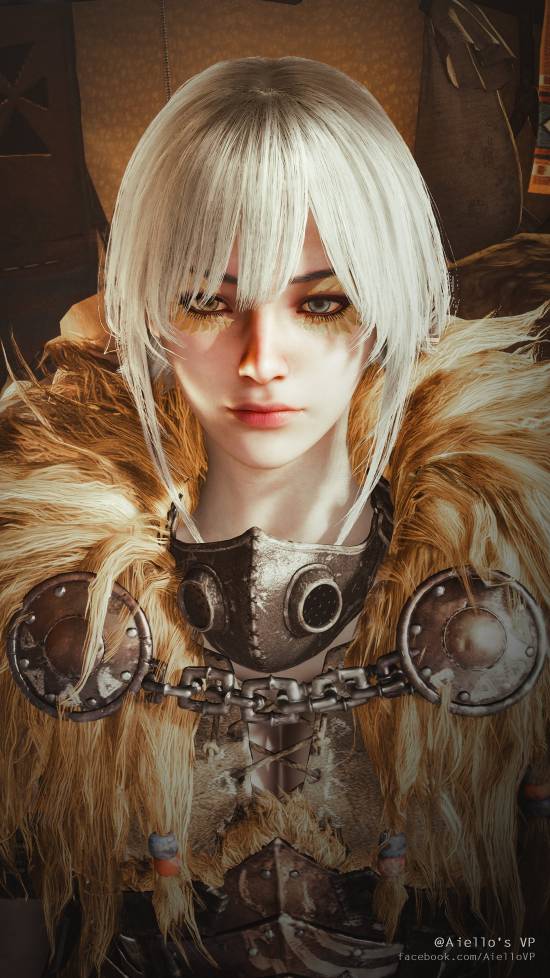Emojis in Gaming: How Tiny Icons Revolutionized Player Expression
Introduction
From text chats to character customization, emojis have become a universal language in gaming, transcending cultural and linguistic barriers. These colorful, pixelated icons—first popularized in mobile messaging—now shape how players communicate, strategize, and even build communities within virtual worlds. This article explores the evolving role of emojis in gaming, from early adoptions to cutting-edge innovations like AI-driven dynamic emojis.

1. A Brief History: From Text to Pixels
Emojis originated in 1999 with Japanese designer Shigetaka Kurita’s 176-icon set for mobile internet users. By the 2010s, their integration into iOS and Android keyboards sparked global adoption. Gaming soon followed:
- Early Uses: Games like Club Penguin (2005) let players express emotions through pre-set gestures and symbols.
- Mobile Boom: Titles like Clash of Clans (2012) and Pokémon GO (2016) incorporated emojis for quick in-game communication.
- Unicode Standardization: With over 3,600 emojis approved as of 2023, developers gained a shared visual lexicon to design inclusive interfaces .
2. Emojis as Gameplay Mechanics
Modern games leverage emojis beyond mere decoration:
- Nonverbal Communication: In team-based games like Among Us (2018), players use 🚨 (alarm) to report bodies or 😇 (innocence) to deflect suspicion.
- UI/UX Design: Games like Animal Crossing: New Horizons (2020) integrate emojis into menus (e.g., 🛠️ for tools, 🌸 for seasonal items) for intuitive navigation.
- Customization: Fortnite (2017) allows players to equip “Emoticons”—animated emoji-like sprays—to personalize their avatars or taunt opponents .
3. Case Study: Emojis in Social and Cross-Platform Play
Discord and Roblox
Platforms like Discord and Roblox use emojis to foster community:
- Server Reactions: Discord’s custom emojis let users vote on game nights or react to fan art.
- Roblox Studio: Developers embed emojis in game titles (e.g., 🏰 Medieval Roleplay) or item descriptions to attract younger audiences .
MMORPGs and Localization
In global MMORPGs like Final Fantasy XIV, emojis bridge language gaps. A Japanese player might send ❤️ (heart) to thank a healer, while a German player responds with 👍 (thumbs up). This reduces reliance on clunky translation tools .
4. Technical Challenges and Cultural Nuances
Despite their ubiquity, emojis pose unique challenges:
- Cross-Platform Consistency: An emoji displayed as 😂 on iOS might render as 😆 on Android, causing confusion in cross-play games.
- Cultural Misinterpretation: The 🙏 (folded hands) emoji symbolizes prayer in some cultures but gratitude in others—risking miscommunication in international guilds .
- Accessibility: Colorblind players may struggle to distinguish similar emojis like 🔴 (red circle) and 🟠 (orange circle). Developers are adopting high-contrast designs and text labels to address this .
5. The Future: AI, AR, and Dynamic Emojis
Emerging technologies are pushing emojis into new frontiers:
- AI-Generated Emojis: Tools like Genmoji (Apple’s AI emoji generator) could let players create custom icons via text prompts (e.g., “a crying dragon wearing a party hat”).
- AR/VR Integration: In games like Pokémon GO, AR emojis could overlay animated 😱 (scream) reactions onto real-world environments during raids.
- Emotion Recognition: Wearables might scan a player’s facial expressions and auto-generate emojis in chats, adding realism to social interactions .
6. The Dark Side: Toxicity and Moderation
Emojis aren’t immune to misuse:
- Trolling: Spamming 🖕 (middle finger) or 💀 (skull) in competitive games can escalate conflicts.
- Moderation Tools: Games like League of Legends now filter offensive emojis and allow players to report abuse.
- Positive Reinforcement: Conversely, games like Sky: Children of the Light encourage kindness by rewarding players who send ❤️ (heart) or 🌟 (star) emojis .

Conclusion
Emojis have evolved from quirky add-ons to essential tools in gaming’s social fabric. They democratize expression, enhance accessibility, and inject personality into digital interactions. As AI and immersive tech redefine how we play, emojis will likely adapt—whether as holographic gestures in VR metaverses or context-aware icons in AI-driven narratives. One thing is certain: in a medium built on connection, these tiny symbols will continue to speak volumes.

